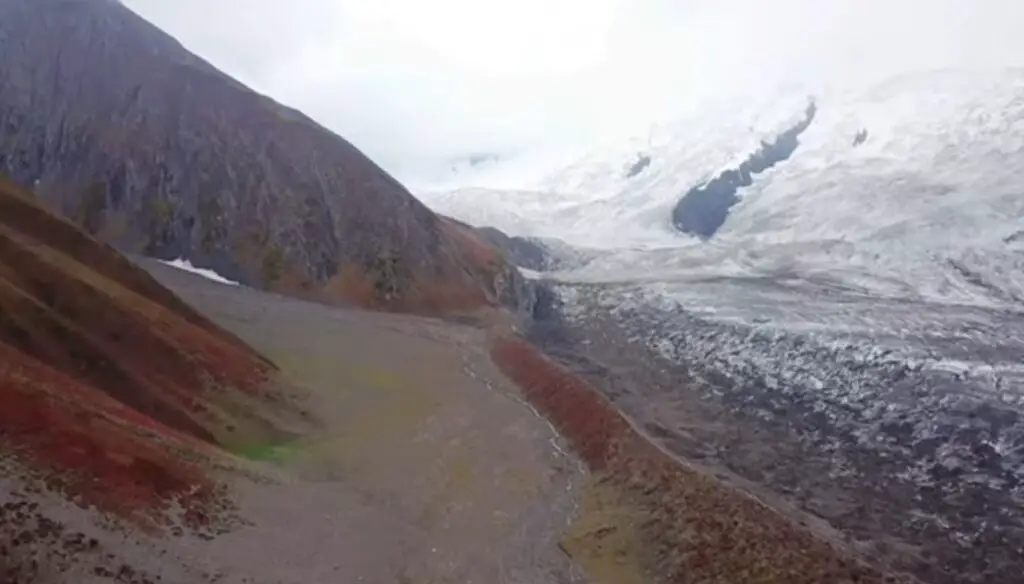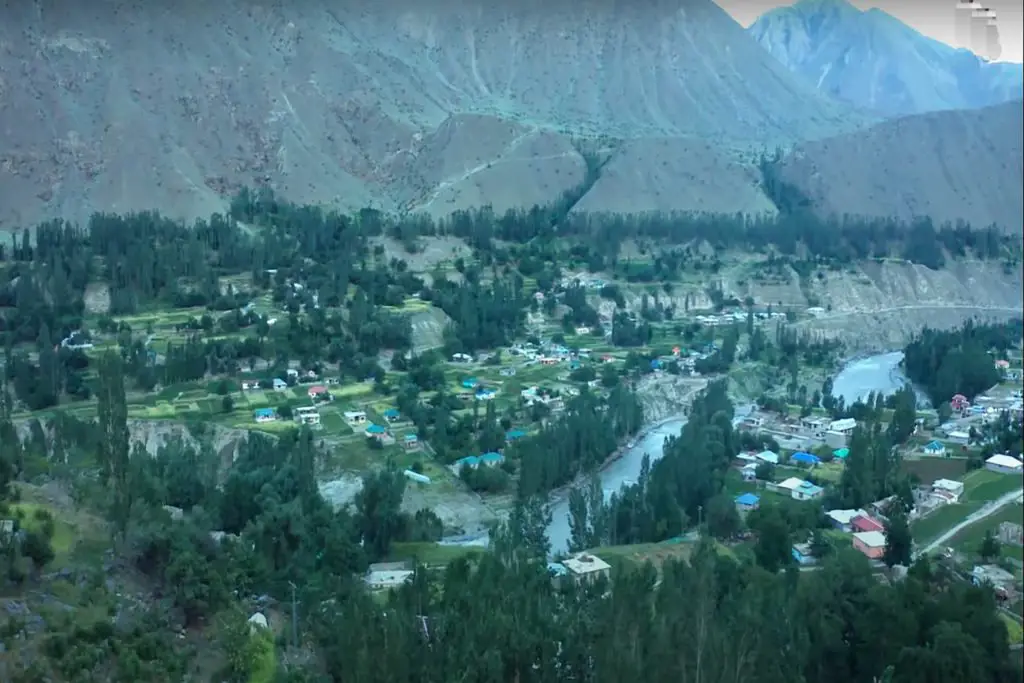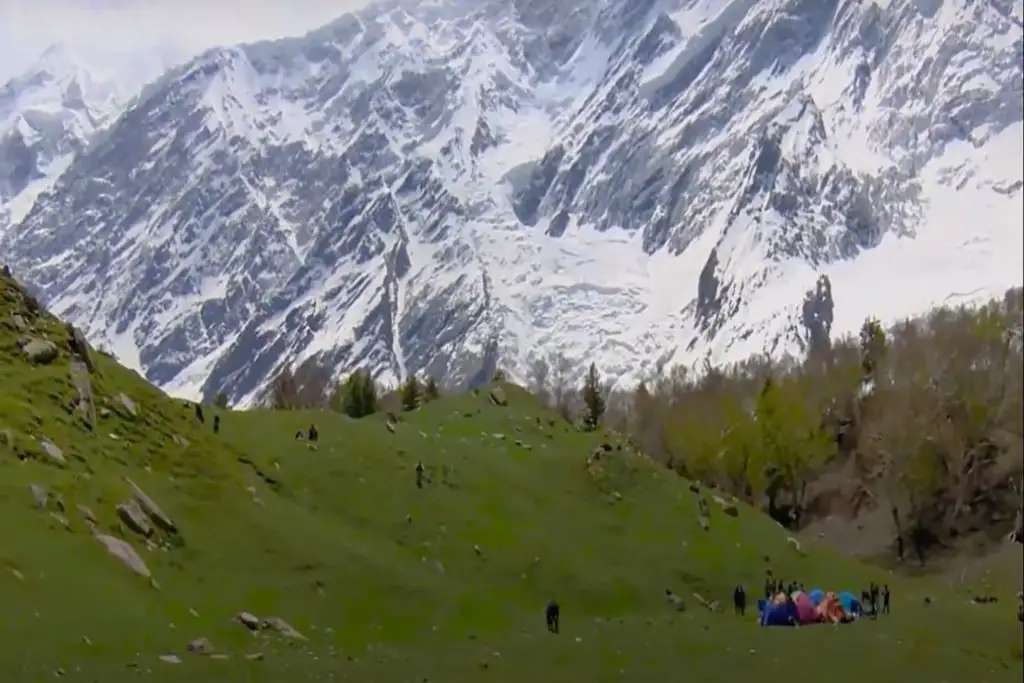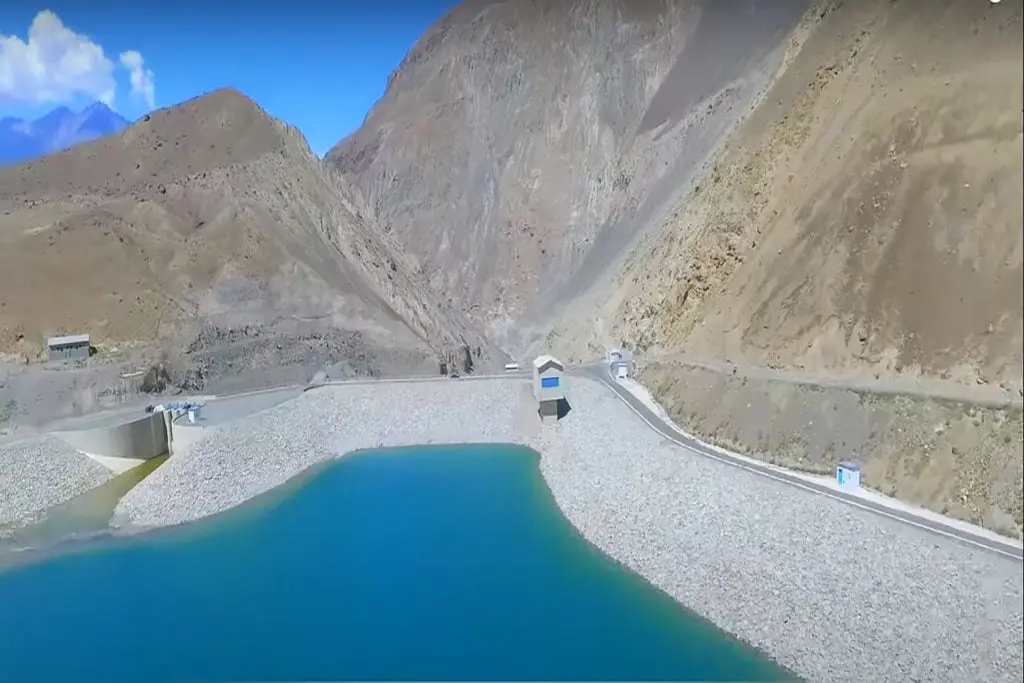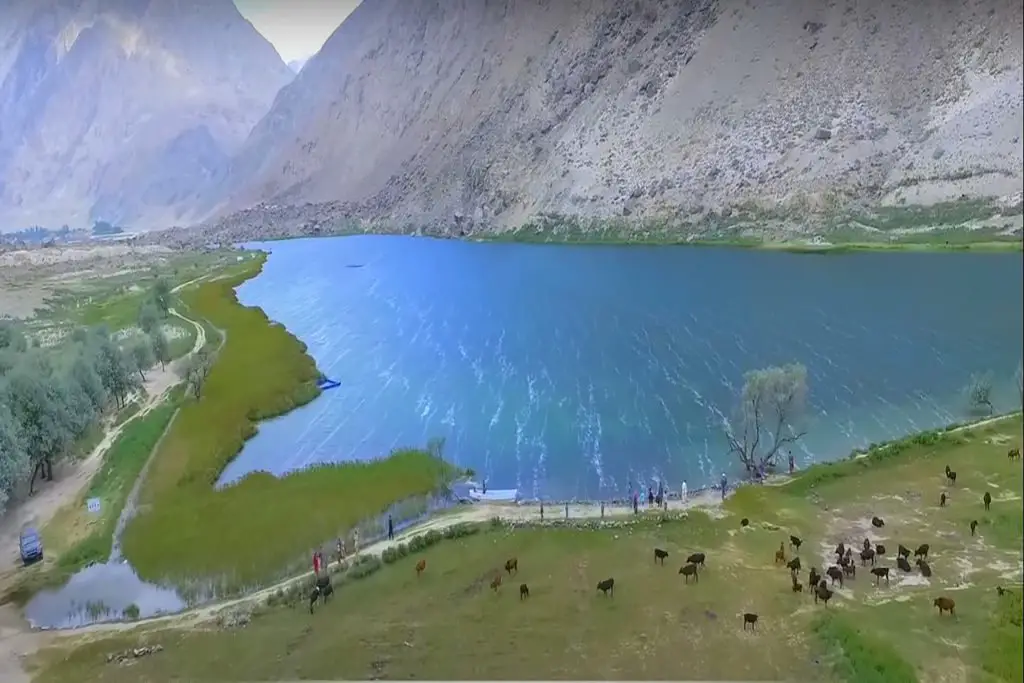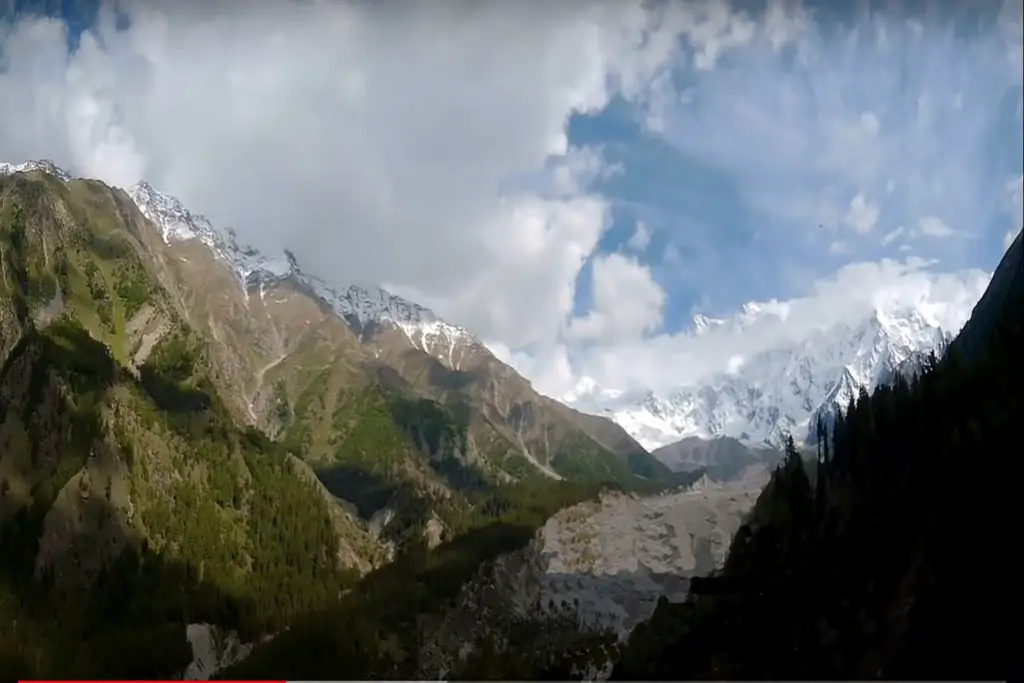Diran Peak in the Hunza Valley offers a unique blend of adventure and cultural immersion. Whether you are an experienced mountaineer or a first-time visitor to the region, this stunning destination is sure to leave you with unforgettable memories. The climb to the summit of Diran Peak is a challenging but rewarding experience, and the views from the top are simply breathtaking.
Diran is the most dangerous mountain in Pakistan because its snow is the main reason for many incidents resulting in several deaths which is in the hundreds.
Diran Peak Height
This 7,266-meter (23,839 ft) pyramid-shaped mountain lies east of Rakaposhi (7,788 m).
Diran Location
Diran Peak is a majestic mountain located in the Gilgit-Baltistan region of Pakistan. It is situated in the Rakaposhi and Haramosh mountain ranges and is considered one of the most beautiful peaks in the world. With an elevation of 7,266 meters (23,839 feet), Diran Peak attracts adventure seekers from all over the world.
Diran was climbed for the first time in 1968 by three Austrians: Rainer Goeschl, Rudolph Pischinger, and Hanns Schell. Earlier attempts by a British expedition in 1958, a German expedition in 1959, and an Austrian expedition in 1964 were unsuccessful.
Trek to Diran Peak
The trek to Diran Peak starts from the small village of Minapin, which is located in the Hunza Valley. The trek is not for the faint-hearted and requires a high level of fitness and experience. The climb is steep and technical, with unpredictable weather conditions adding to the challenge. However, for experienced climbers, reaching the summit of Diran Peak is an unforgettable experience.
The climb to Diran Peak takes you through scenic valleys, alpine meadows, and glaciers. The trek offers breathtaking views of the surrounding peaks, such as Rakaposhi, Spantik, and Ultar Sar. As you make your way up the mountain, you will pass through small villages and campsites, where you can rest and interact with the local people.
The summit of Diran Peak offers panoramic views of the Karakoram Range, including the neighboring Rakaposhi Peak. The summit climb is challenging, but the reward of reaching the top is worth the effort. The view from the top of the peak is breathtaking and is sure to leave you with unforgettable memories.
Aside from the climb, the Hunza Valley and the Gilgit-Baltistan region is known for their rich cultural heritage. The local people are known for their hospitality and friendly nature, and visitors can immerse themselves in the local culture by attending traditional festivals and events. The region is also home to several historical sites and landmarks, such as the Baltit Fort and the Altit Fort.

